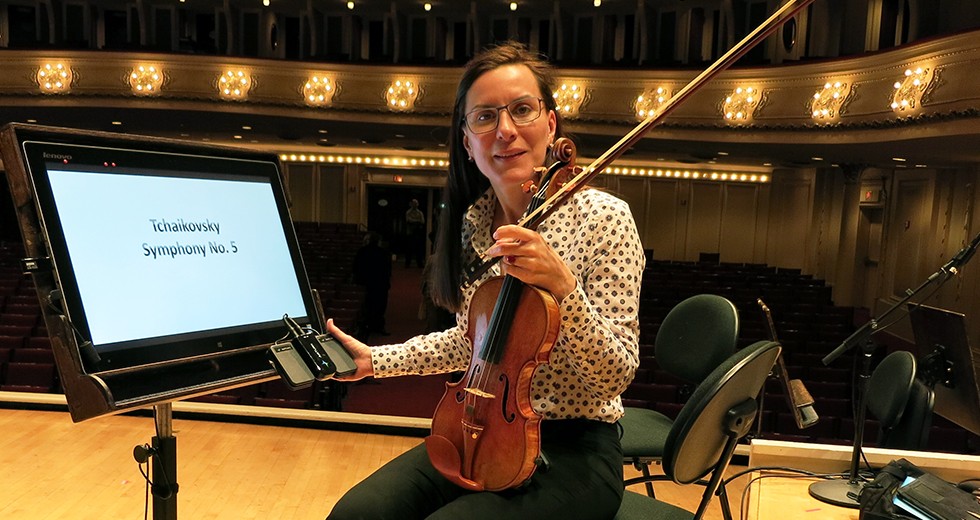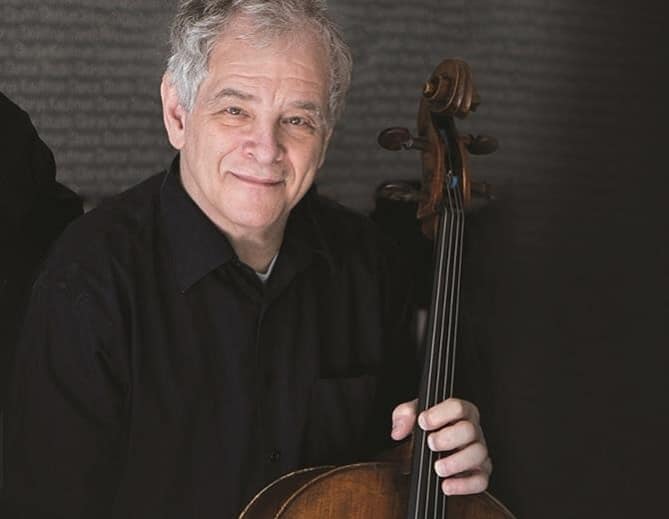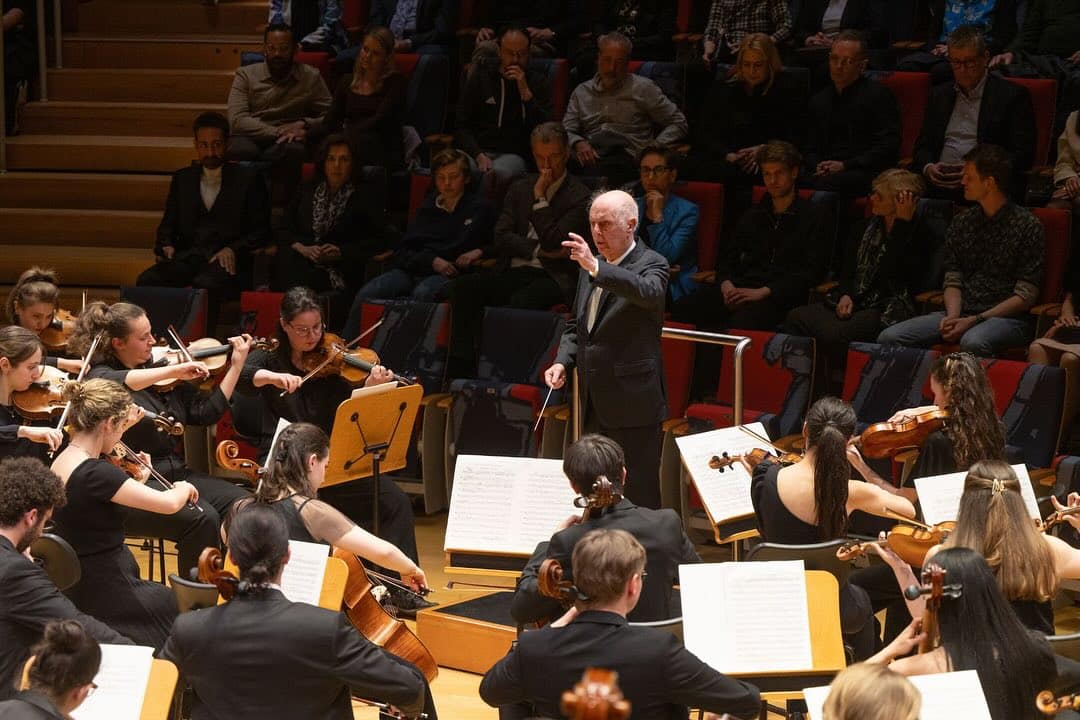No more crumpled sheets as German orchestra takes tablets
NewsFrom last night, the Stuttgart Chamber Orchestra became the first in Germany to perform without a scrap of paper on stage.
All players have been issued with electronic devices.
‘The use of tablets not only gives us access to the entire sheet music library at any time,” said Markus Korselt, artistic director. ‘It’s also easier to use, because you no longer have to turn pages by hand, you just use the foot pedal.’






Comments